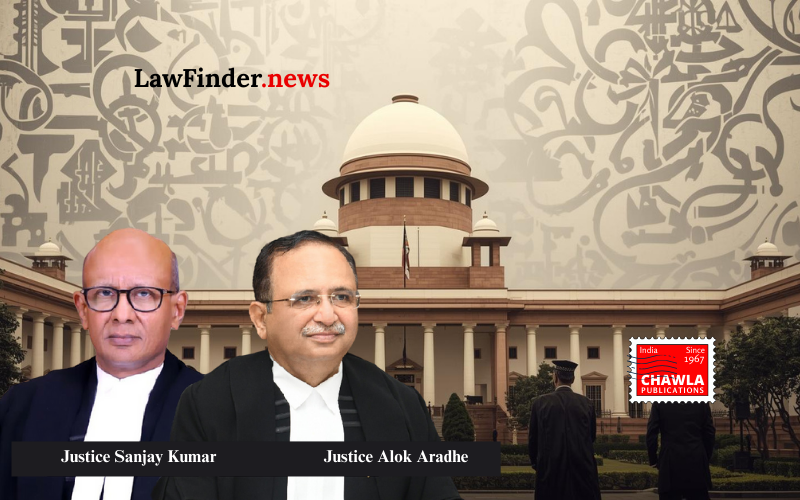Road Safety - Directions issued for pedestrian safety, wearing helmets, wrong-lane driving, and vehicle headlights

Supreme Court Mandates Comprehensive Road Safety Measures for Pedestrians and Two-Wheeler Riders Landmark judgment emphasizes pedestrian infrastructure, helmet enforcement, and bans unauthorized vehicle lights
In a landmark judgment aimed at curbing road accidents and fatalities, the Supreme Court of India has issued a series of directives to improve pedestrian safety, enforce helmet use among two-wheeler riders, and regulate vehicle lights. The judgment, delivered by Justices J.B. Pardiwala and K.V. Viswanathan, responds to a public interest litigation filed by Dr. S. Rajaseekaran, a prominent orthopaedic surgeon, concerned about the escalating road accident deaths in India.
The court has directed state governments and the National Highways Authority of India (NHAI) to audit and improve existing pedestrian infrastructure in 50 cities with million-plus populations, focusing on areas with high pedestrian footfall like markets, educational institutions, and transit stations. The judgment also emphasized the need for tactile paving, bollards, and safe crossings, particularly in high-risk areas.
Strict enforcement of helmet usage for drivers and passengers of two-wheelers has been mandated, with violations to be monitored through e-enforcement mechanisms. The judgment highlights the alarming statistic that 54,568 deaths in 2023 were due to non-compliance with helmet regulations.
The court has addressed lane discipline violations, directing authorities to use automated cameras, coloured lane markings, and real-time dashboards to enforce proper lane usage and penalize offenders. This measure aims to reduce unpredictable vehicle movements that pose risks to pedestrians.
In a significant move against unauthorized vehicle modifications, the court has banned the use of red-blue strobe lights and hooters that mimic emergency sirens, citing their potential to cause panic and accidents. The Ministry of Road Transport & Highways and state transport departments are instructed to enforce compliance with permissible luminance standards for vehicle headlights to mitigate hazards associated with dazzling LED lights.
The judgment also calls for the formulation of rules by state governments within six months to regulate pedestrian activities and ensure road design standards, emphasizing the importance of comprehensive guidelines laid down by the Indian Roads Congress (IRC).
Expressing gratitude to the amicus curiae, Mr. Gaurav Agrawal, for his decade-long assistance, the court has scheduled a compliance report to be submitted in seven months, highlighting the importance of continuous monitoring and accountability.
This judgment marks a critical step towards addressing road safety challenges in India, with the Supreme Court setting a precedent for rigorous implementation of safety measures to protect vulnerable road users.
Bottom Line:
Road Safety - Directions issued for pedestrian safety, wearing helmets, wrong-lane driving, and regulation of vehicle headlights and unauthorized emergency equipment.
Statutory provision(s): Sections 128, 129, 138(1A), 194-D, 198-A, 210-C, 210-D of the Motor Vehicles Act, 1988
S. Rajaseekaran v. Union of India, (SC) : Law Finder Doc Id # 2790161
Trending News

Conviction under the POCSO Act - Sentence suspended consider in a consensual love relationship

A civil dispute arising from a commercial transaction does not constitute a criminal offence of cheating

Manipur violence: SC asks why entire leaked clips not sent for forensic test
